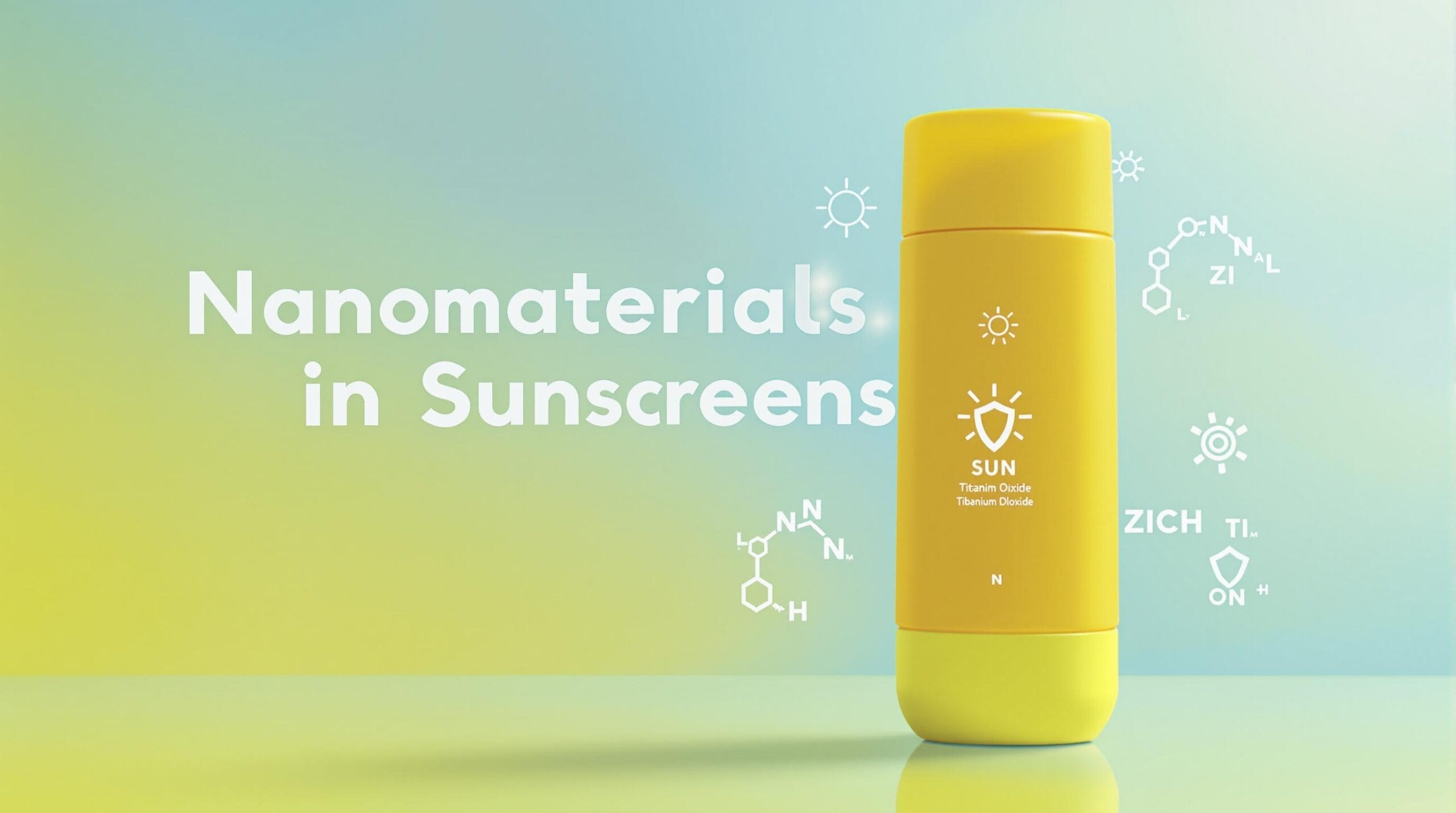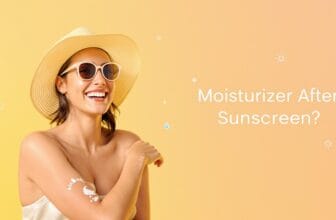
Broad spectrum sunscreens play a crucial role in shielding our skin from the harmful effects of UV radiation. With increasing sun exposure due to climate and lifestyle changes, protecting our skin has never been more important. The incorporation of nanotechnology in sunscreens has emerged as a breakthrough in enhancing their effectiveness.
Nanotechnology Unveiled: What is it?
Nanotechnology involves manipulating materials at a molecular or atomic level, often measuring below 100 nanometers. These nano-sized particles find applications across various fields, including medicine, electronics, and importantly, skincare. In sunscreens, nanotechnology aims to enhance the product’s ability to provide UV protection while maintaining a pleasant application experience.
In skincare, nanomaterials help make sunscreens less visible on the skin, addressing a common complaint about traditional sunblocks – the white tint they leave behind. This innovation not only enhances the cosmetic appeal but also ensures that users get the adequate sun protection they need without compromising on appearance.
The Sunscreen Dilemma: Harmful vs. Helpful
The debate between chemical and physical sunscreens often brings nanotechnology into the spotlight. Physical sunscreens, often containing mineral-based ingredients like zinc oxide and titanium dioxide, are sometimes enhanced with nanoparticle technology to improve their performance and texture. This raises questions about their safety and efficacy.
While some consumers remain wary of nanoparticles in personal care products, research suggests that these particles stay on the skin’s surface, providing a robust barrier against UV rays without penetrating deeper skin layers. This characteristic makes nanoparticle sunscreens a safe and effective option for sun protection.
The Top Contender: Zinc Oxide Nanoparticles
Zinc oxide nanoparticles are a popular choice in many sunscreens. Known for their broad-spectrum protection, they defend against both UVA and UVB rays. Their non-irritating properties make them suitable for sensitive skin types, providing a gentle yet effective defense against sun damage.
However, misconceptions about their safety and environmental effects exist. It is crucial for manufacturers and regulatory bodies to communicate the benign nature of these particles in sunscreens, reinforcing consumer trust in these formulations.
Silver Shield: Titanium Dioxide Nanoparticles
Titanium dioxide, when used in nanoparticle form, effectively blocks and scatters both UVA and UVB radiation. It’s a staple in many formulations, thanks to its ability to enhance the sunscreen’s protective layer while maintaining a smooth application.
Despite its benefits, some argue about its safety, citing potential oxidative stress. Nonetheless, regulated use in sunscreens ensures product safety, with institutions like the FDA approving its application at specified concentrations.
The Great Debate: Are Nanoparticles Safe?
Current research focuses heavily on the safety of nanoparticles in sunscreens. Studies emphasize that while nanoparticles effectively stay on the skin’s surface, organizations continue assessments to affirm their safety. Regulatory measures remain in place to ensure these products meet safety standards before hitting the shelves.
Despite public concern, both scientific reviews and regulatory measures support the safety of these nanoparticles, reinforcing their role as a reliable option in sun protection strategies.
The Alternatives: Non-Nano Formulations
For those who prefer to avoid nanoparticles, non-nano sunscreens serve as alternatives. These options typically contain larger particles that provide effective sun protection without diving into nanoscale territory. While they may result in a more noticeable appearance on the skin, many users appreciate the natural ingredients and reduced environmental impact.
Popular non-nano alternatives include formulations with larger zinc oxide and titanium dioxide particles, offering peace of mind and efficacy in sun protection.
How to Choose the Right Sunscreen for You
Selecting the right sunscreen involves considering multiple factors, such as SPF, UVA/UVB coverage, skin type, and any specific concerns like acne or sensitivity. Reading labels to understand ingredients is vital to selecting a sunscreen that fits your skin’s needs and lifestyle.
When evaluating products, seek reputable brands with positive consumer reviews. Look for sunscreens certifications to guarantee effectiveness and safety. Understanding the difference between sunscreen options ensures you make informed choices that protect your skin and reflect your values.
Trends in Sunscreen Technology: What to Expect
Emerging technologies in sunscreen advancement continue to evolve, with new materials and methods offering hope for safer, more effective protection. Innovations such as improved UVA/UVB filters and new eco-friendly materials are on the horizon.
Future developments may see sunscreens blend innovative nanomaterials with natural ingredients, enhancing efficacy while minimizing environmental impact. Stay informed on these advancements to choose products that align with both protection and sustainability priorities.
Conclusion: Sunscreen Smarts for the Savvy Consumer
Understanding sunscreen ingredients is essential to making informed decisions for your skincare routine. By learning about nanomaterials and their role in sunscreens, you position yourself to select effective protection that suits your needs and preferences.
Stay protected and informed! Share your experiences or questions about sunscreens and nanomaterials to foster a community focused on healthier, safer sun exposure practices.







